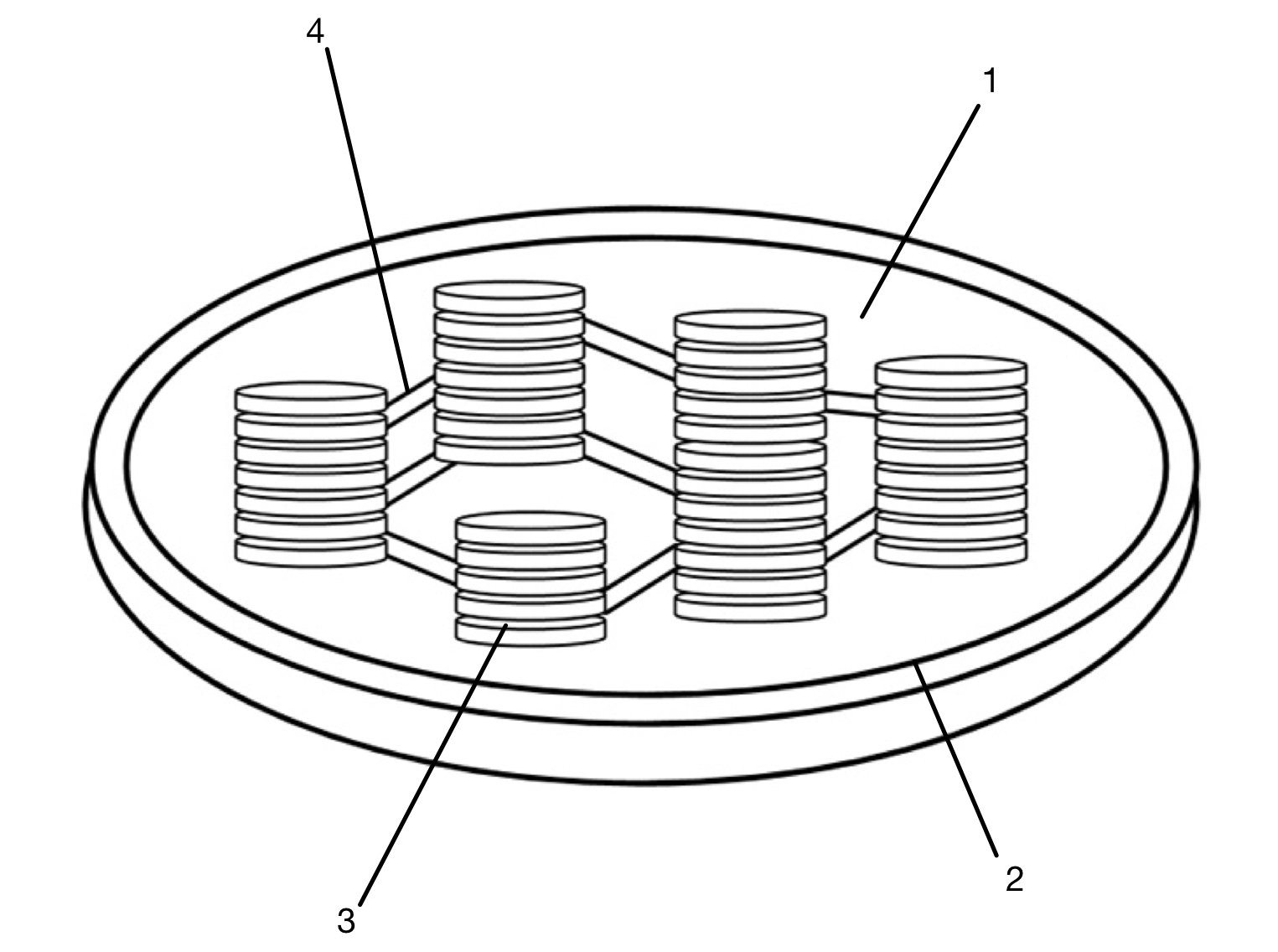The image below shows a chloroplast.
Identify the location of the light independent and light dependent reactions.
| |
Location of light independent reaction
|
Location of light dependent reaction
|
| A |
1
|
3
|
| B |
3
|
2
|
| C |
1
|
4
|
| D |
3
|
1
|
Which events occur during the light dependent stage of photosynthesis?
- ATP is produced
- NADP is reduced to NADPH
- Water splits into photons, electrons and oxygen
- NADPH is oxidised to NADP
What are the functions of excited electrons in photosynthesis?
- To generate a proton gradient
- To reform RuBP
- To reduce G3P
- To reduce NADP
Which event occurs during non-cyclic photophosphorylation?
Reduced NADH is synthesised
Chemiosmosis in the stroma of the chloroplast
Excited electrons enter an electron transport chain
Which process is not part of the light-independent reaction of photosynthesis?
Glycerate-3-phosphate is converted to triose phosphate
Rubisco is regenerated from triose phosphate
ATP is dephosphorylated to ADP
What allows the cyclic nature of the Calvin cycle?
Reduced NADP accumulates in the stroma
A buildup of ATP in the stroma
Decarboxylation of Ribulose bisphosphate
The catalytic nature of RuBP
Which technological methods were used by Melvin Calvin in his studies of the light-independent reactions of photosynthesis?
| |
Autoradiography
|
Paper chromatography
|
Thin layer chromatography
|
Use of radioactive sources
|
| A |
No
|
No
|
Yes
|
Yes
|
| B |
Yes
|
Yes
|
No
|
No
|
| C |
Yes
|
Yes
|
No
|
Yes
|
| D |
Yes
|
No
|
Yes
|
No
|
Melvin Calvin used radioactive sources of carbon dioxide in his research using the alga Chlorella.
Which molecule would be the first to contain radioactive carbon-14 in Chlorella that was grown in the presence of radioactive carbon dioxide?
Where is ATP synthase located in the chloroplast below?
The thylakoid intermembrane space has a small volume.
What advantage does this have for photosynthesis?
High proton concentration can be rapidly developed
Short diffusion pathway for the movement of hydrogen ions
High electron concentration can be readily developed
Rapid accumulation of reduced NADP
